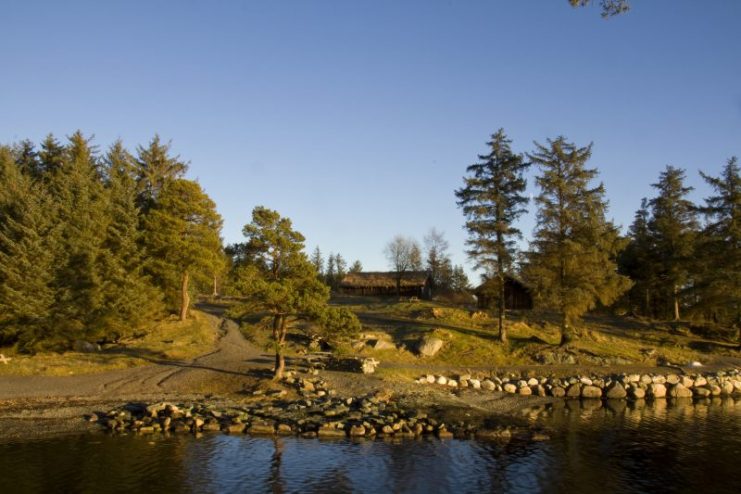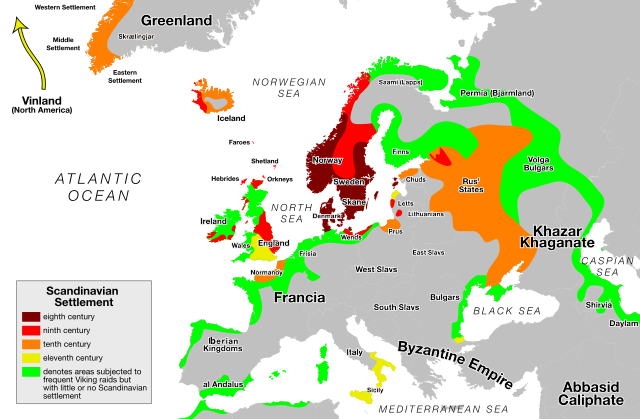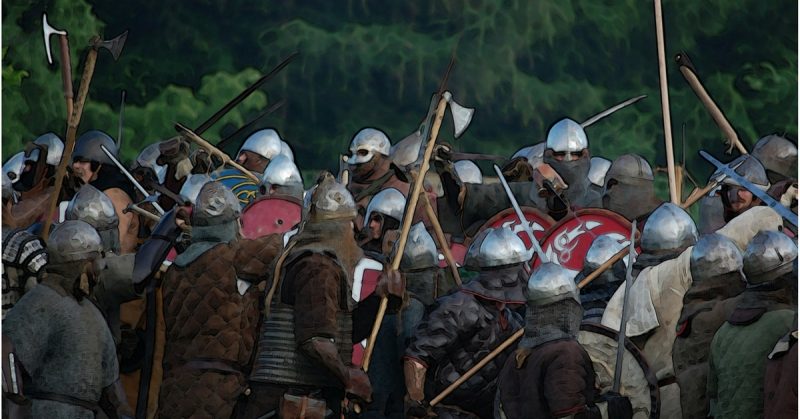Cork, Ireland, was an essential settlement for the Vikings, and its importance began even earlier than had previously been believed. Cork was established before Waterford, also in Ireland, according to a report detailing the excavation of the city’s new Event Center.
Cork City Council’s executive archaeologist, Joanne Hughes, reported that discoveries made from the site on South Main Street have confirmed the importance of Cork to the Hiberno-Norse.
During her presentation to the council, Hughes advised that Dr. Maurice Hurley performed the archaeological excavation for the developers, BAM. What he found was significant in revealing the importance of Cork to the Vikings.
The site for the new Event Center was formerly the Beamish & Crawford Brewery on the south channel of the Lee River. During the excavation, it was divided into three sections.
Hurley recovered stone foundations, covering about two-thirds of the floor of St. Laurence’s Church. They also found evidence of land reclamation that occurred next to the river between 1120 and 1150 AD. Due to the tidal and environmental conditions of the site, Hughes is not certain they can be placed on display.

Also, Hurley found evidence of houses built on mounds and on the little bit of land available above the water line. Hughes said they can prove it is the earliest urban layout discovered in Cork, by examining tree-ring evidence found at the site. The houses date back to 1070, which makes the settlement 15 years older than the one at Waterford. Hughes also said that land reclamation appears to have begun around 1100 AD, which led to an expansion of the area within 20 years.
The design for the new Events Center will have to be changed because the walls found in the excavation are considered to have archaeological significance.
In September, the Norwegian ambassador to Ireland, Else Berit-Eikeland, toured Cork Public Museum to view evidence of the Hiberno-Norse origins in Cork. She was shown some of the items found in the excavations for the new Event Center, including a wooden weaver’s sword, a wooden saddle pommel, and a wooden thread winder. Each of the items was well-preserved and contained elaborate decorations in keeping with known Viking designs.

The conservation of the finds is expected to be completed by this summer. The items found may be put on exhibition, possibly in May 2018, if availability and scheduling at Cork Public Museum allow. There are also discussions about whether to develop a Cultural Heritage Exhibition House in the redeveloped Beamish & Crawford Center.
The Vikings were people who lived in what are now the countries of Norway and Denmark. In the 700s, nobles and warriors from those countries began sailing across the seas to find new lands to call their own. They called themselves “Ostmen.” Others knew them as “Vikings.” In France, Britain, and Ireland, they were known as “Norsemen” meaning “North Men.”
The Norsemen first attacked Ireland in 795, when they burned down Rathlin monastery. Over the following 30-50 years, they landed along the Irish coast, pillaging and burning the towns and villages as they went. They stole treasures and captured slaves. They soon discovered the monasteries were the best source of riches which is why they were plundered so often. The attacks usually occurred once a year.
In the 900s, the Vikings engaged in another phase of attacks, recapturing Waterford in 914. Waterford had been a Viking settlement until the Irish kicked them out in the mid-800s. By 950, the Vikings had ended their raids in Ireland and began developing settlements, focusing on trading instead of pillaging.
